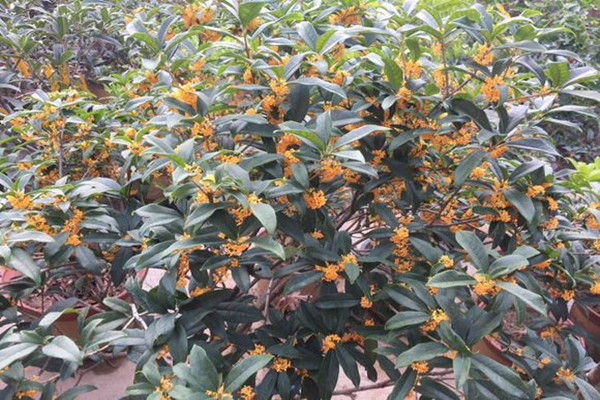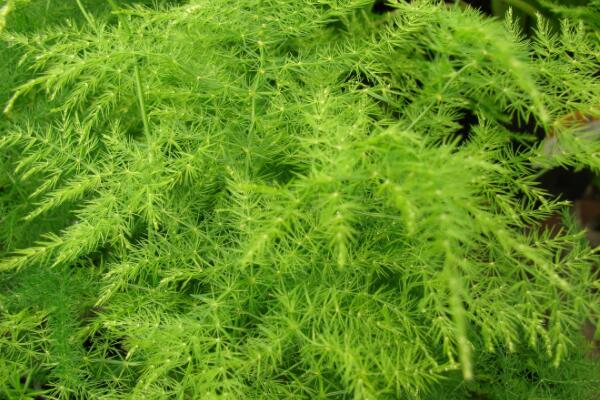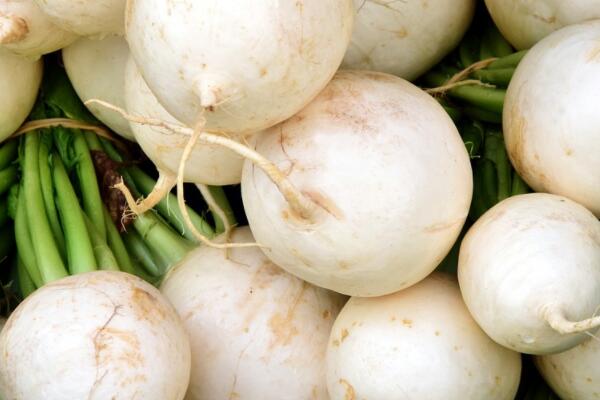When is the right time for grafting sweet-scented osmanthus trees? What are the grafting methods?
Sweet-scented osmanthus in August, sweet-scented osmanthus flowers are widely popular in our country, a small one, fresh and pleasant. It can be seen everywhere on both sides of the road, in parks or in people's homes, and grafting is the most common method of propagation of sweet-scented osmanthus trees. So do you know when the sweet-scented osmanthus tree is suitable for grafting? Are there any grafting methods? Let's get to know each other today.

Grafting time of Osmanthus fragrans
Grafted sweet-scented osmanthus trees are better in early spring, and whether they survive or not can be determined in that year, which is conducive to management. Osmanthus fragrans can also be grafted in autumn, and the survival rate of master grafting is relatively high.
Osmanthus fragrans have Jin Gui, Yin Gui, Dan Gui, Siji Gui and other varieties. First of all, sweet-scented osmanthus varieties can be selected according to their preferences and resource conditions, and then 2-3-year-old branches of good quality and pure quality can be selected from the selected sweet-scented osmanthus trees. 2-3-year-old branches with strong growth, full development, no disease and insect harm, high ornamental value or economic value are used as scions.
Grafting method of Osmanthus fragrans
Abdominal connection and abutment are generally used.
1. Ventral grafting: ventral grafting means that the rootstock is trimmed before it is connected. Cut off all the pieces at 6ml / 7cm from the surface of the soil, and cut obliquely near the rhizome so as not to hurt the pulp. The scion uses 2 Mel 3 branches (without leaves) and is about 10 cm long. It is suitable for the scion with 2 Mel 3 nodes. Then the ear interface is cut into an unequal wedge and inserted into the cutting of the rootstock to make it close. Bind the soil with plastic or hemp skin to the top of the scion.
two。 Lean on: to pick up is to first put the rootstock in a basin to feed. During the Meiyu period from June to July, two-year-old sweet-scented osmanthus seedlings with similar thickness to rootstocks were grafted in pots, and cut off in front of "White Dew" after survival. That is, the new plant can blossom in the same year.
3. After the grafting survived, when the new graft was slightly as long as 10-15 cm, cut off all the remaining branches and tillers of the rootstock. As the anvil is easy to sprout adventitious buds, it should be peeled off at any time. Drought resistance, topdressing and weeding were carried out from June to August. Potted seedlings. When the new shoot reaches about 15%, coring should be carried out to promote the growth of lateral branches and form a shrub.
4. After the beginning of spring, fertilization begins when the temperature rises above 15 ℃ in the evening, when the branches begin to grow and need fertilizer. If you are using compound fertilizer, apply 4 grams at a time (about one lid of a small mineral water bottle), make four small holes around the basin soil or plant, put the compound fertilizer down evenly, cover it with soil (change position the next time you drill the hole), and apply fertilizer every 15 days until the temperature drops below 8 ℃ in the autumn evening. If you are using organic fertilizer such as cake fertilizer, the amount used each time is 1 bowl of rice bowl and 3 bowls of organic fertilizer (no water). If you bought the packaged fertilizer from a florist, just follow the packing instructions, and if there is no packing instructions, ask clearly. When you see buds growing, stop fertilizing, for excess nutrition will drop buds (except osmanthus).
The use of Osmanthus fragrans
1. It has high ornamental value, so it is an ideal tree species for beautifying the courtyard.
two。 Osmanthus fragrans has a certain resistance to harmful gases such as sulfur dioxide and hydrogen fluoride, and it is also a good green flower and tree in industrial and mining areas.
3. Sweet-scented osmanthus can be extracted aromatic oil, is a valuable spice.
4. Sweet-scented osmanthus can make cakes or make tea.
Time: 2019-04-11 Click:
- Prev

What is the moral of lily asparagus? How often is it watered? How can we grow more luxuriantly?
Asparagus, also known as Pinus elliottii, Scutellaria angustifolia, Phyllostachys pubescens, up to a few meters high, is a widely planted ornamental plant. What does it mean? How often is it watered? How can we grow more luxuriantly? Learned from the Changsha flower market, asparagus likes to be wet, but is afraid of waterlogging. Too much watering, too wet basin soil.
- Next

How do herbaceous radish seeds sprout? How do you plant it? When will you plant it?
Radish cruciferous radish is a biennial or annual herb, which is mainly divided into Chinese radish and four seasons radish, which is cultivated all over the country. So how do its seeds sprout? How do you plant it? When will you plant it? It is understood that different types of radish have different sowing time. Types of radish in autumn and winter: common cultivation types in China
Related
- Fuxing push coffee new agricultural production and marketing class: lack of small-scale processing plants
- Jujube rice field leisure farm deep ploughing Yilan for five years to create a space for organic food and play
- Nongyu Farm-A trial of organic papaya for brave women with advanced technology
- Four points for attention in the prevention and control of diseases and insect pests of edible fungi
- How to add nutrient solution to Edible Fungi
- Is there any good way to control edible fungus mites?
- Open Inoculation Technology of Edible Fungi
- Is there any clever way to use fertilizer for edible fungus in winter?
- What agents are used to kill the pathogens of edible fungi in the mushroom shed?
- Rapid drying of Edible Fungi

